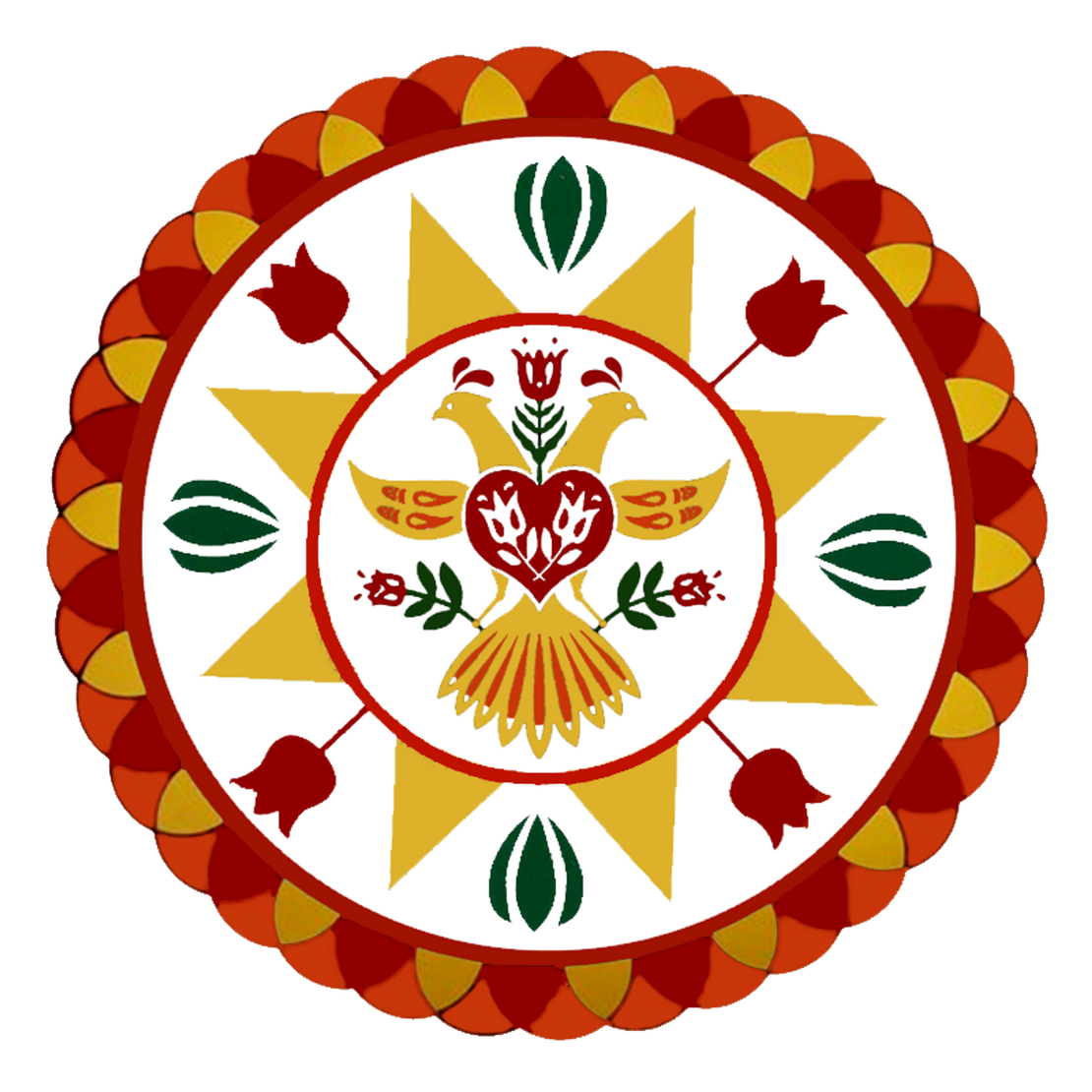
Welcome to the home of traditional Pennsylvania German Powwow, and the Phoenix Line of powwowing, Cumberland County, Pennsylvania.
What is Powwow?Powwow
This is about Powwow.
Pennsylvania German Culture
This is about Pennsylvania German culture.
Quotes and References
“Powwows consider themselves staunch Christians who have been endowed with supernatural powers, both to heal and to harm.” — The Encyclopedia of Witches and Witchcraft, by Rosemary Ellen Guiley, 1989
“Every word we mention in regard to Powwowing is taken from Scripture, and those who have no faith in the Scripture had better keep their hands off of our book, as they cannot be cured by this method.” — The Guide To Health OR Household Instructor, by Ossman & Steel, Wiconisco, PA 1894
“The verbal formulas that the Pennsylvania Germans use in healing are full of Christian symbolism which is an integral part of both the content and structure.” — Powwowing in Union County, by Barbara Louise Reimensnyder (read more …)
“… for the true magician is the truest Christian, and nearest disciple of our blessed Lord, who set the example we ought to follow …” — The Magus, by Francis Barrett, 1801
“Pow-wowing was essentially a religious movement which regarded illness as the work of the devil, an evil manifestation to be expelled by charms, herbs, manipulations and incantations delivered by an empowered believer in the Scriptures, … brauchers were basically faith healers who drew direction from Biblical verses, ancient texts and medieval manuscripts. They used herbal remedies and charms, words written on slips of paper often held in fabric braucher bags. They cured human and animal ailments, often using charmed circles they drew on the ground around the patients and foul-smelling ointments to fend off evil and disease. They resolved personal problems, pronounced incantations and performed laying on of hands.” — Hexenkopf: History, Healing & Hexerei, by Lehigh University professor Ned D. Heindel
“For our wrestling is not against flesh and blood, but against the Principalities and the Powers, against the world rulers of this darkness, against the spiritual hosts of wickedness on high.” — Ephesians 6:12
“These “faith-healers,” as some called them, were to be found almost anywhere; and they were usually in great demand. I remember, as a kid of ten, when a family had moved from a distance, into a neighboringfarm, and this woman came to my parents’ home on some errand. She inquired as to the location of a reputable powwower. When my grandfather asked if she believed in it, she replied, “Oh, sure! And if I didn’t, then I’d quit going to church! It was all that Jesus did- laying on of hands!”” — Patrick Donmoyer, Powwowing in Pennsylvania (a collaborative effort with Glencairn Museum 2017) (read more …)
“Essentially, powwow doctors ministered to the sick using practices that were borrowed from liturgical tradition. It should therefore be no surprise that some pastors participated in the tradition and that any form of sanctioning from the clergy would be valued by the laity. In fact, the names and reputations of ministers are generously interwoven through powwow narratives, with representatives in many denominations.” — Patrick Donmoyer, Powwowing in Pennsylvania (a collaborative effort with Glencairn Museum 2017) (read more …)
“[Powwow is] Pennsylvania’s native brand of religious healing, on the folk-cultural level, using words, charms, amulets, and physical manifestations in an attempt to heal the ills of man and beast.” — Don Yoder, considered by many to be THE expert on Powwowing
“In later years a book of “pow wows” confirming authority given by Jesus to the Elders of the Church, and evidencing some use and nurture among their forbears, was to become a household book, at least with others of German extraction. Known as a “ga-brauch buch,” it had a wide circulation, and is still in demand by the descendants of orthodox families and many non-Amish who have heard of its virtue.” — The Amish, by A.M. Aurand, 1938 (read more …)
“The Pow-Wow practitioner is more closely allied with theology than medicine and feels he is a mediator between the patient and God. Among the Pennsylvania Germans, the “plain folk,” such as the Amish, Dunkers, and the Mennonites, as well as among the Lutheran and German Reformed church members Pow-Wow and the Pow-Wow doctor has a significant following.” — The Origin and Practition of Pow-Wow Among the Pennsylvania Germans, by Patrick James Dugan (read more …)
“Mer sott em sei Eegne net verlosse; Gott verlosst die Seine nicht. — One should not abandon ones own; God does not abandon his own.” — Amish proverb